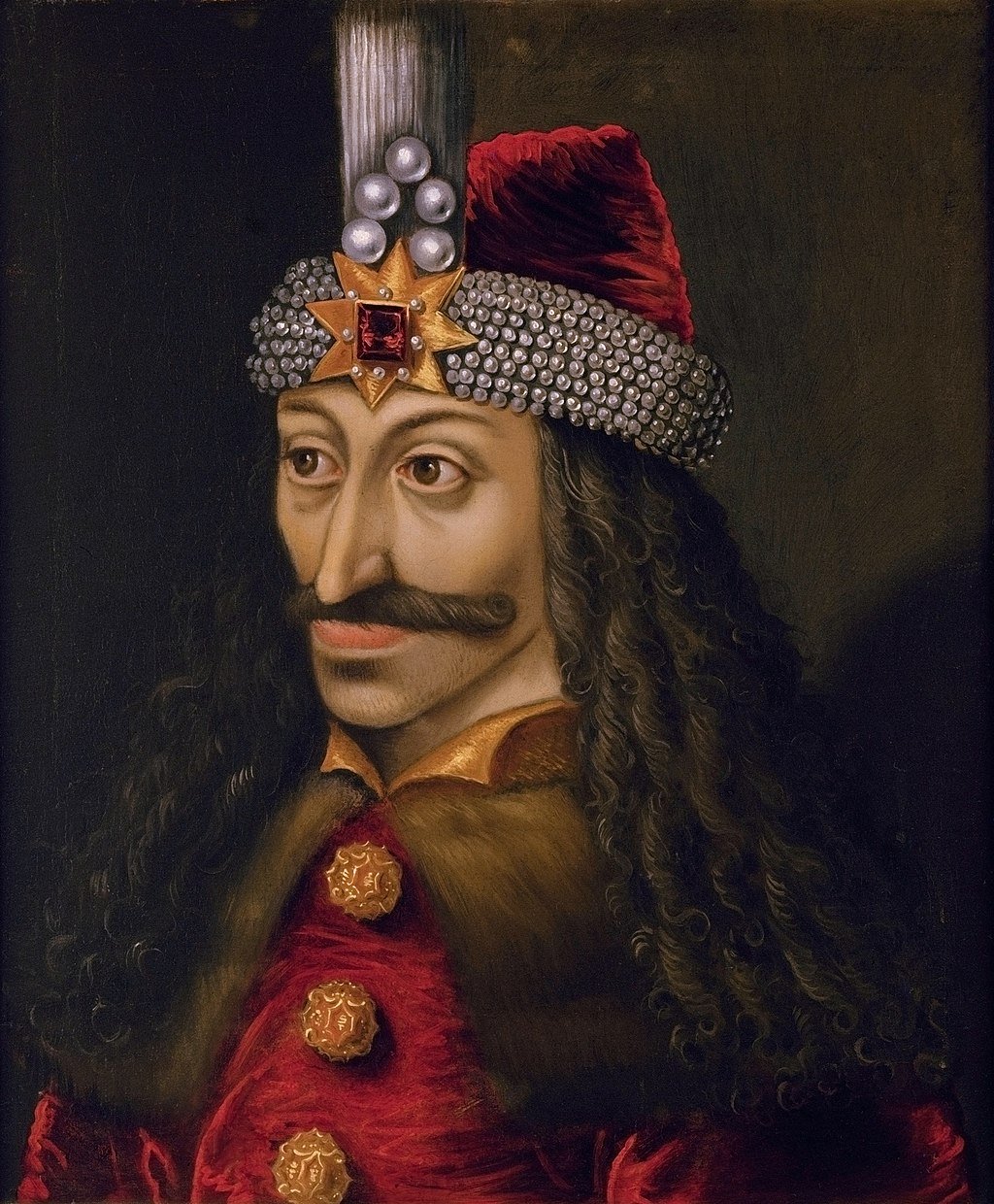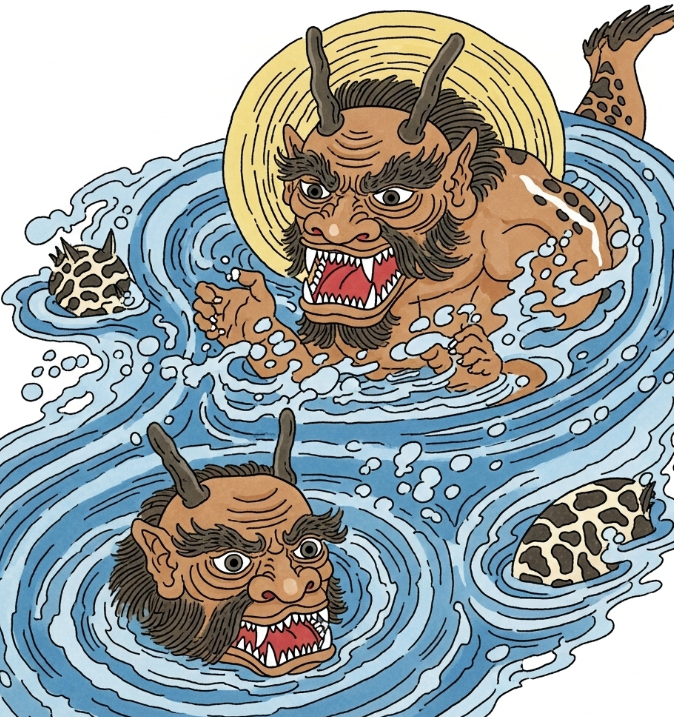The Night Attack at Târgoviște (Romanian: Atacul de noapte de la Târgoviște, Turkish: Tirgovişte Baskını) was a battle fought between forces of Vlad III, Prince of Wallachia, and Sultan Mehmed II of the Ottoman Empire on Thursday, June 17, 1462.
The battle started after Mehmed, who already had tense relations with Vlad, discovered his alliance with Hungary's king Matthias Corvinus and ordered his forces to ambush him. Vlad foiled the attack and invaded Bulgaria. In response, Mehmed raised a great army with the objective to conquer Wallachia and annex it to his empire.
Vlad's portrait at Schloss Ambras, Innsbruck
The two leaders fought a series of skirmishes, the most notable one being the Night Attack where Vlad attacked the Turkish camp in the night in an attempt to kill Mehmed. The assassination attempt failed and Mehmed marched to the Wallachian capital of Târgoviște, where he found a few men with cannons. After leaving the capital, Mehmed discovered 23,844 impaled Turks whom Vlad had killed during his invasion of Bulgaria. The number is mentioned by Vlad himself in a letter to Matthias Corvinus. The sultan and his troops then sailed to Brăila and burned it to the ground before retreating to Adrianople. Both sides claimed victory in the campaign and Mehmed's forces returned home with many captured slaves, horses, and cattle.
The Wallachians
Vlad Țepeș asked the Hungarian king for assistance. He received no support despite promises made by Corvinus and instead called for a mobilization that included "not only men of military age, but also of women and of children from the age of twelve up; and included Gypsy slave contingents."
Mehmed II, picture by Gentile Bellini
Various sources mention the strength of his army to be between 22,000 and 30,900, with the most popular accepted number set at 30,000. The letter of Leonardo Tocco which put the numbers of the Turkish army at an exaggerated strength of 400,000, exaggerated also the Wallachian strength which was estimated at 200,000.
The majority of the army consisted of peasants and shepherds, while the boyars on horseback—who were few in numbers—were armed with lances, swords, and daggers and wore chainmail as armour. Vlad's personal guard consisted of mercenaries from many countries and some Gypsies. Before battle, it is believed that Vlad told his men that "it would be better that those who think of death should not follow me".
The myth of the ’Dracula’, Vlad the Impaler
The Wallachians will sweep the camp but the janissaries will form a protective circle around the sultan protecting him from hundreds who attacked him in order to kill him. At sunrise, the Wallachians and the Hungarians will retreat, giving rise to the later myth of the so-called "Dracula".
The next day the Turks will advance into the capital of the hegemony, which the Wallachians will evacuate, leaving about 20,000 Ottoman impaled prisoners. This image shocked Mohammed leading him to decide to end his campaign to return to the City.









